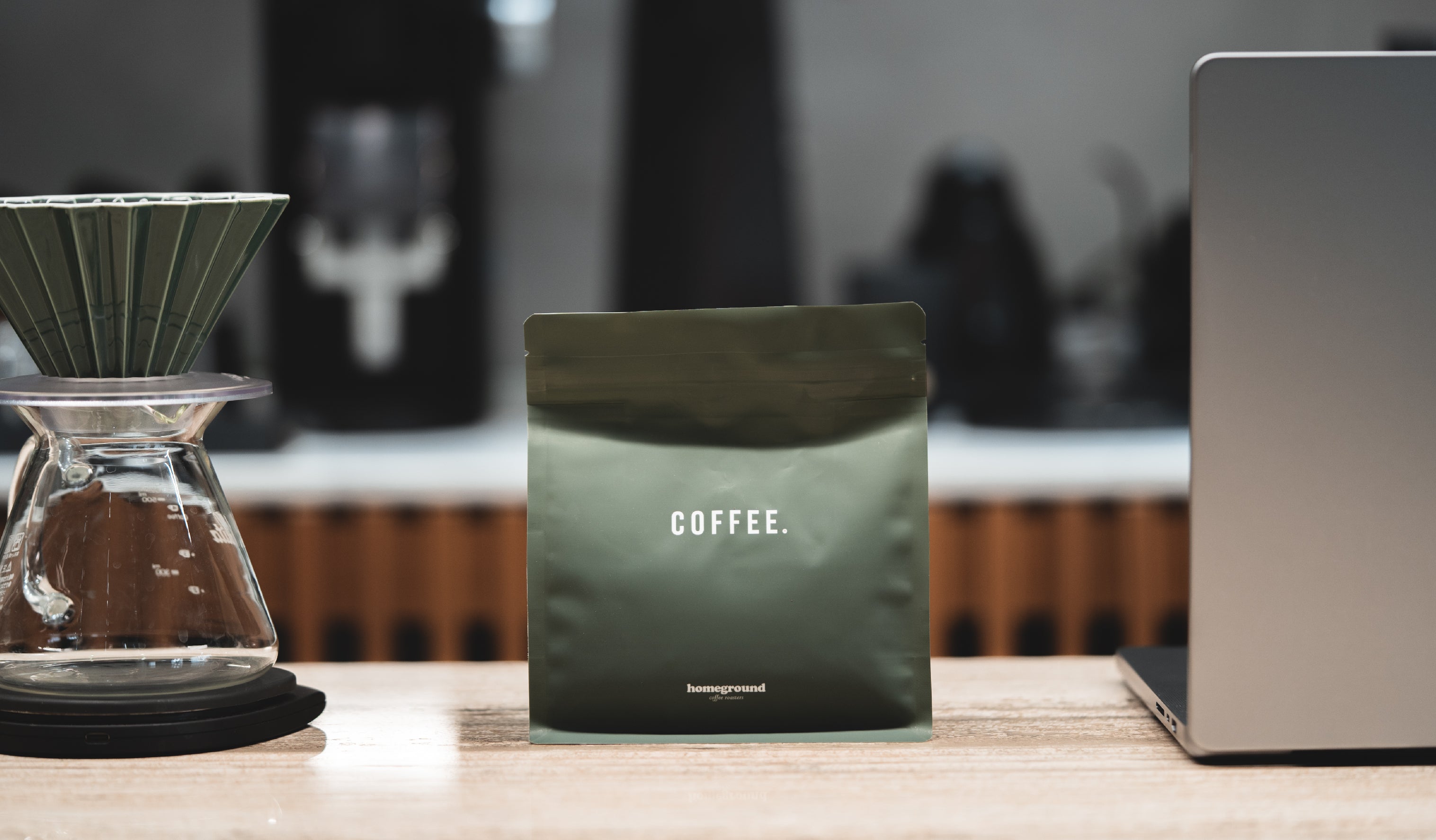Why Should You Rest Your Coffee (Degas)?
Journal article by Homeground Coffee Roasters - Specialty Coffee Roasters in Singapore
Coffee beans naturally lose flavour over time through oxidation. However, brewing coffee too soon after roasting can also affect taste negatively. Resting your coffee after the roast is encouraged by many specialty coffee roasters in Singapore and around the world.
Why? Freshly roasted coffee beans release a significant amount of carbon dioxide — studies show this makes up 87% of gases released! During brewing, these gas bubbles can disrupt the extraction process, leading to uneven results. That's why letting coffee beans rest is crucial for great coffee. This is true for both espresso and filter coffee.
At Homeground Coffee Roasters, we've noticed that very fresh beans often lack clarity and have muted sweetness — likely due to uneven extraction. Allowing beans to degas through resting helps develop clearer, more vibrant flavours, resulting in a better coffee experience.
The Perfect Rest Period for coffee
Through extensive testing, we've found that our coffees reach their peak around 2–3 weeks after roasting. That's why we recommend waiting 14 days from the roast date before brewing.
We conducted an experiment with two coffees from our October coffee subscription: the natural-processed Caballero Tanairi and washed Caballero JR #2.
These filter coffees were chosen to represent both natural and washed processing methods.
We roasted multiple batches using identical roast profiles and stored them in our retail bags. This helped us to mirror the customer experience.
Here's what we discovered when cupping coffee samples over five weeks:
| Days since roast | Caballero Tanairi (dated 9 nov) | Caballero Jr #2 (dated 16 nov) |
|---|---|---|
| 1 | Low-medium intensity and body.Apple and mango-like sweetness appears in the middle of the taste profile. | Low-medium body, with an intensely fresh white floral acidity at the onset. |
| 8 | A vibrant acidity develops along with more pronounced apple notes, carried in a slightly richer body. | A rounder body than before. |
| 15 | A fuller mouthfeel. An overall sweeter profile, with distinguishable notes of mango. | Identifiable green apple sweetness accompanied with a juicy acidity.Medium intensity and body. |
| 22 | Medium body, accompanied with a prominent acidity. Taste notes of sweetness are clear and identifiable. | Most balanced cup, with a juicy and rounded medium-rich body. Sweetness is consistent with the previous cup.This cup presents one of the more preferable profiles of this coffee. |
| 29 | A similarly clear and bright cup. Compared to the previous, the sweetness and body is enhanced. It has the most rounded overall experience. | Acidity and body become more mellowed. Flavor clarity and structure improves, and this cup is comparable in quality to the previous. |
Therefore, waiting 14 days before opening allows you to experience the coffee's peak flavours throughout your brewing journey.
Tips on brewing fresh coffee
Planning ahead for rested coffee means buying your next bag before your current one runs out. But what if you find yourself with only fresh beans?
Try some quick degassing tricks:
- pre-grinding and letting the grounds rest, giving them a good shake, or
- adjusting your bloom time and agitation during brewing.
Don't worry — while resting is ideal, it's not a strict rule. Every roast is unique, and fresh coffee can still taste great! In fact, try your own experiment: brew the same coffee over several weeks and note how the flavours develop.
Finding the Sweet Spot
Coffee brewing is all about balance — too fresh, and the beans are still degassing; too old, and the flavours start fading.
While older beans gradually lose flavour, fresh beans show a dramatic improvement after about 2 weeks of rest. For best results, we recommend starting with fresh beans and taking your time to enjoy them as they develop.
Sometimes, you might even discover that flavours keep improving 3–4 weeks after roasting, resulting in an exceptional cup!
Remember: every coffee is unique. While we recommend a 14-day rest period, it's not set in stone. The real joy comes from experiencing how your coffee evolves over time.
The next time you are searching for where to buy coffee beans in Singapore, remember to ask your coffee supplier how many days you should rest your coffee before brewing them.
Read Also -- From Hot, To Cold
Tags: Specialty coffee in Singapore, best coffee in Singapore, filter coffee, espresso-based coffee, coffee flavours, resting coffee, coffee calibration
Journal Archive
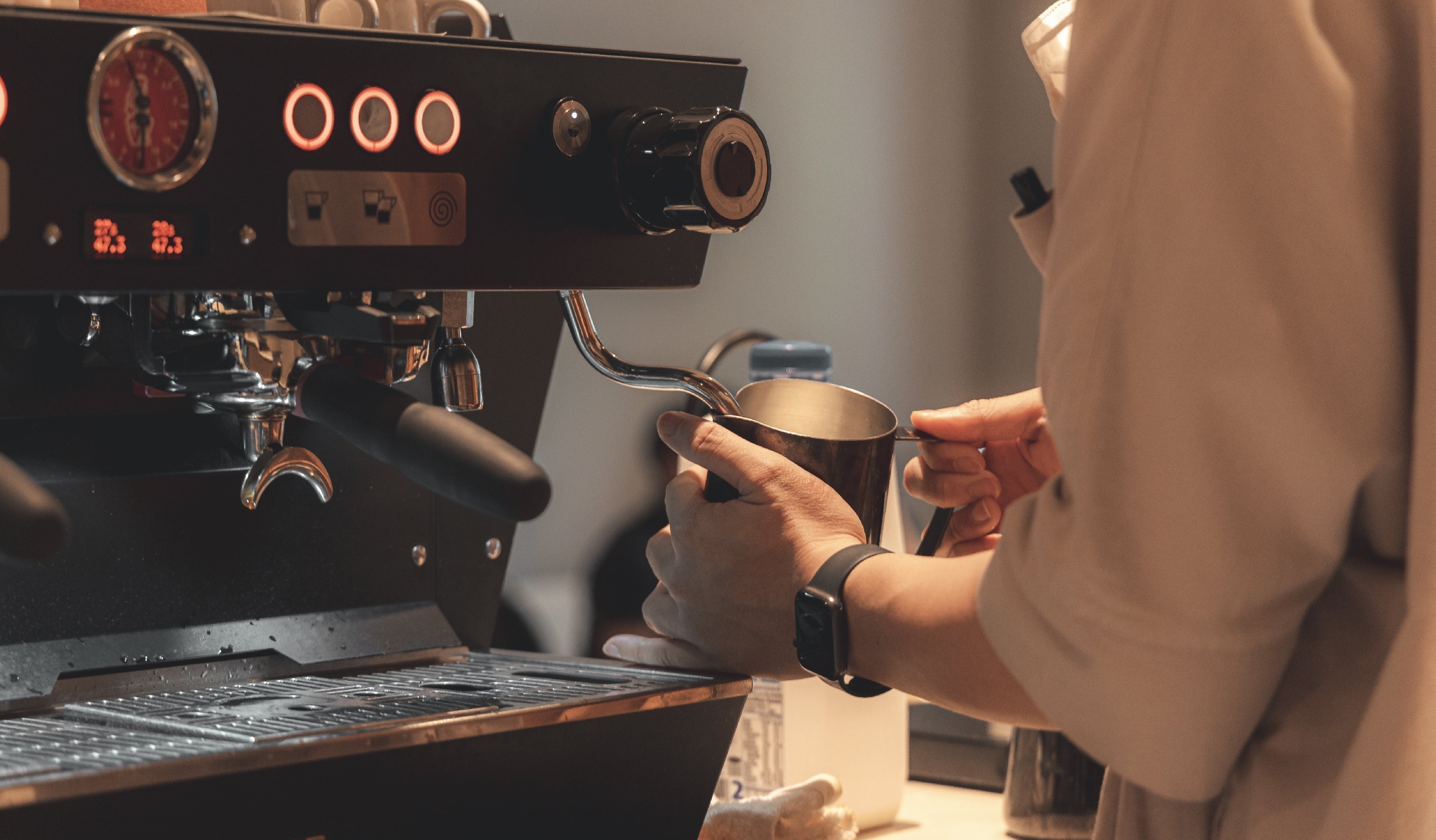
Milk in World Barista Competitions
An overview of milk concentration methods in coffee competition, focusing on freezing techniques that enhance milk's qualities for great coffee beverages.
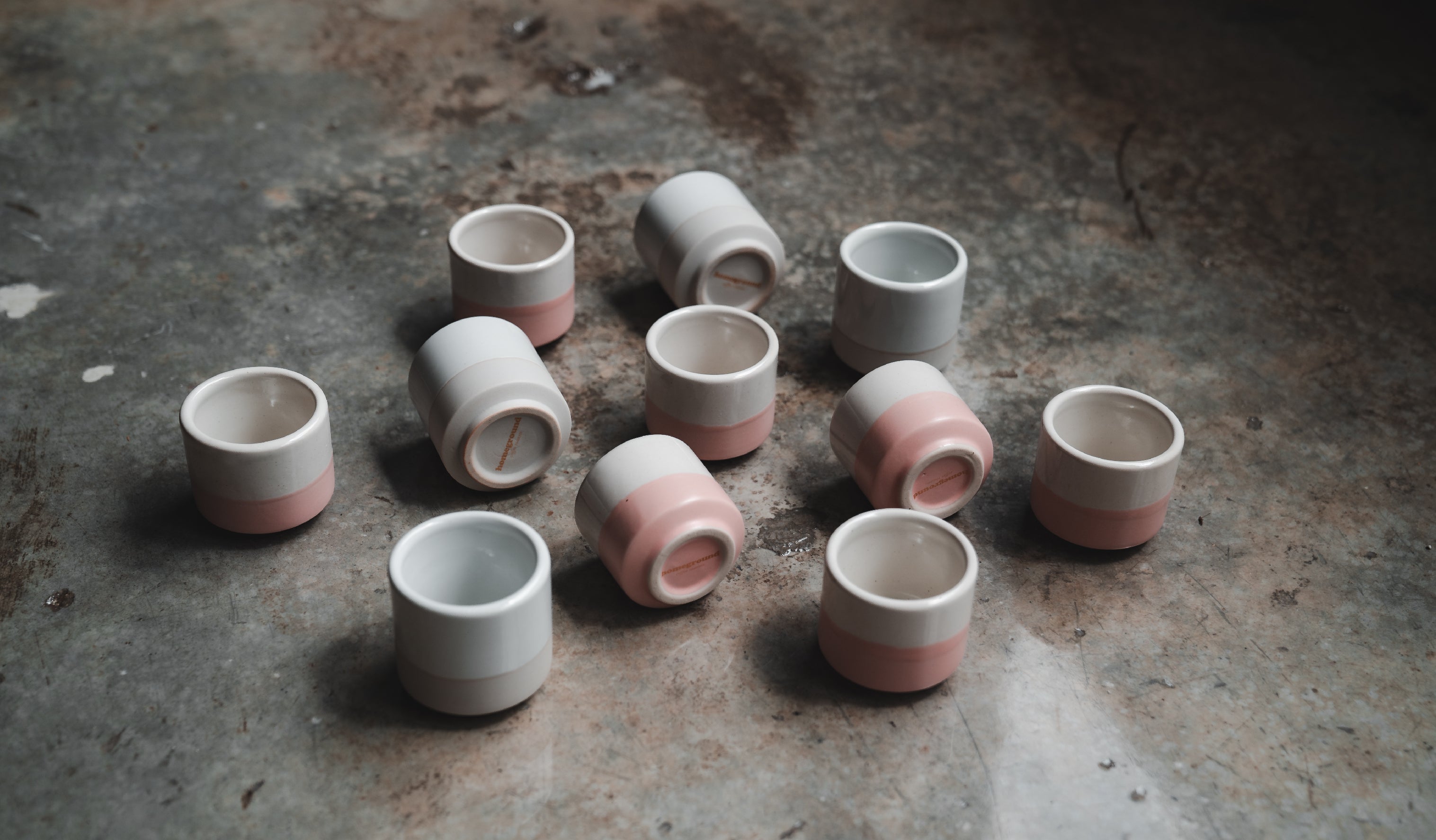
How Coffee Cup Colours Affect Your Drinking Experience
Cross-modal perception of colours on the taste of coffee
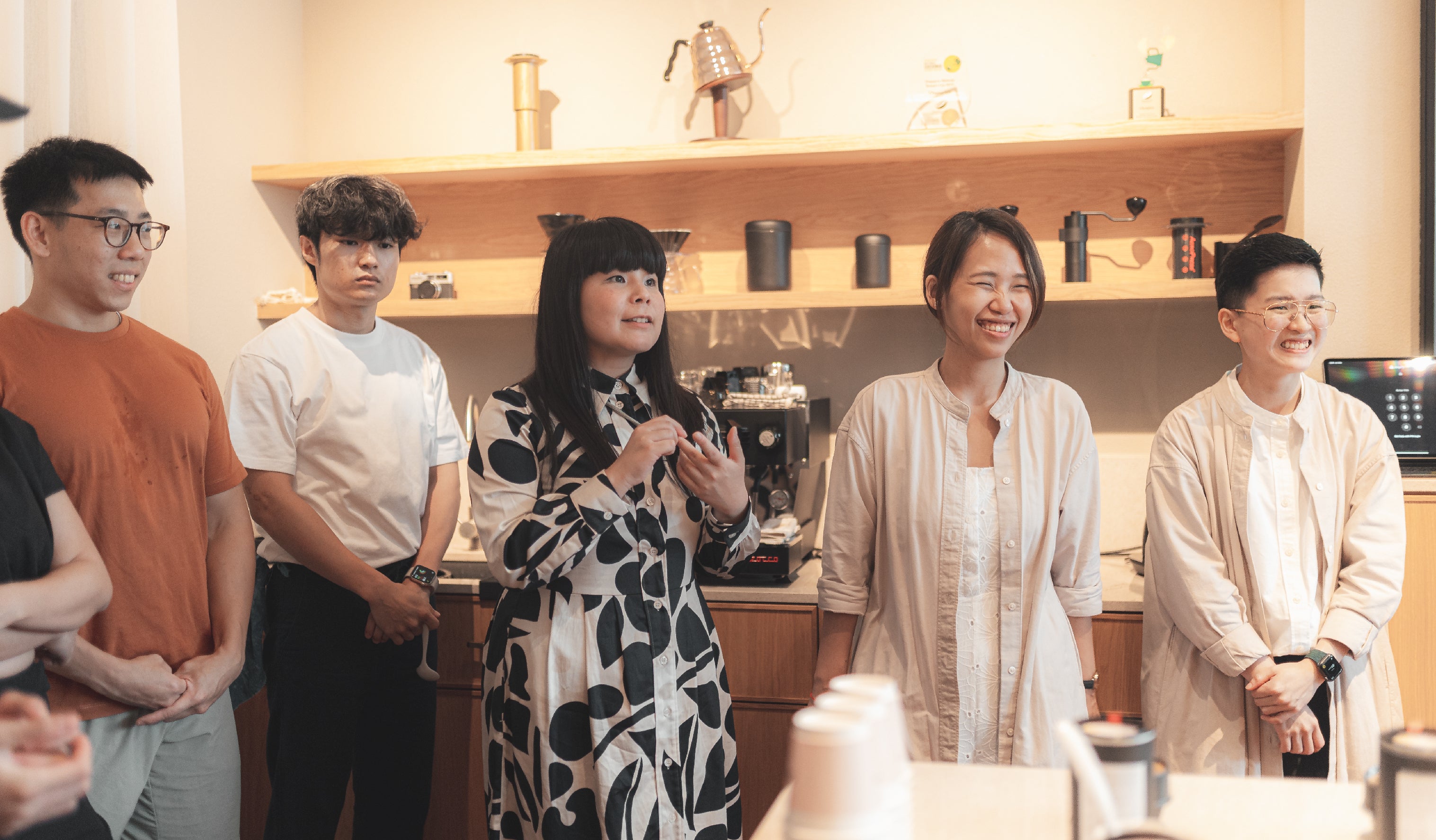
Learning to enjoy more

Same Coffees Everywhere, All at Once
Why do local specialty coffee shops serve the same coffees?
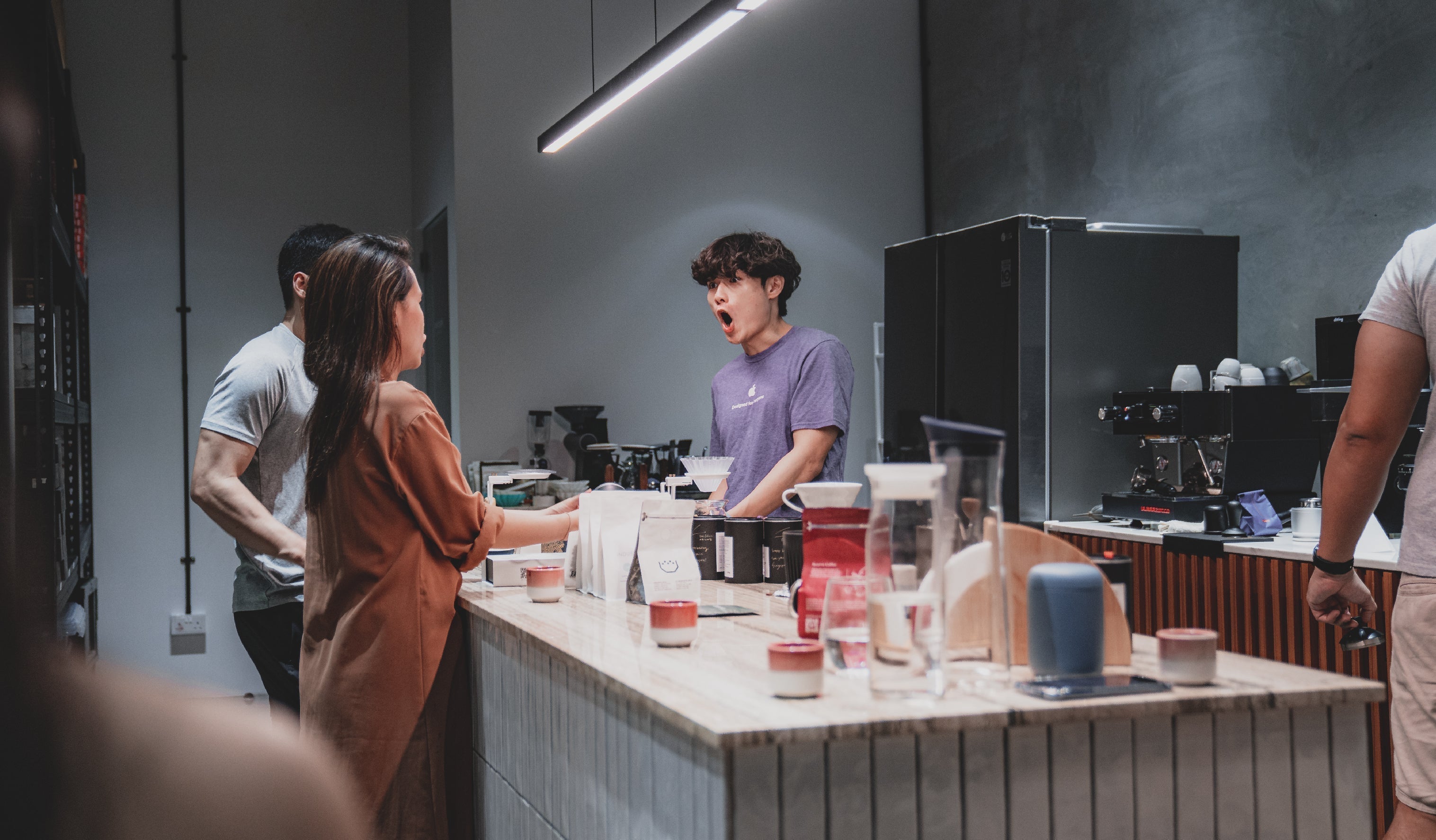
A study of unexpected coffee production nations
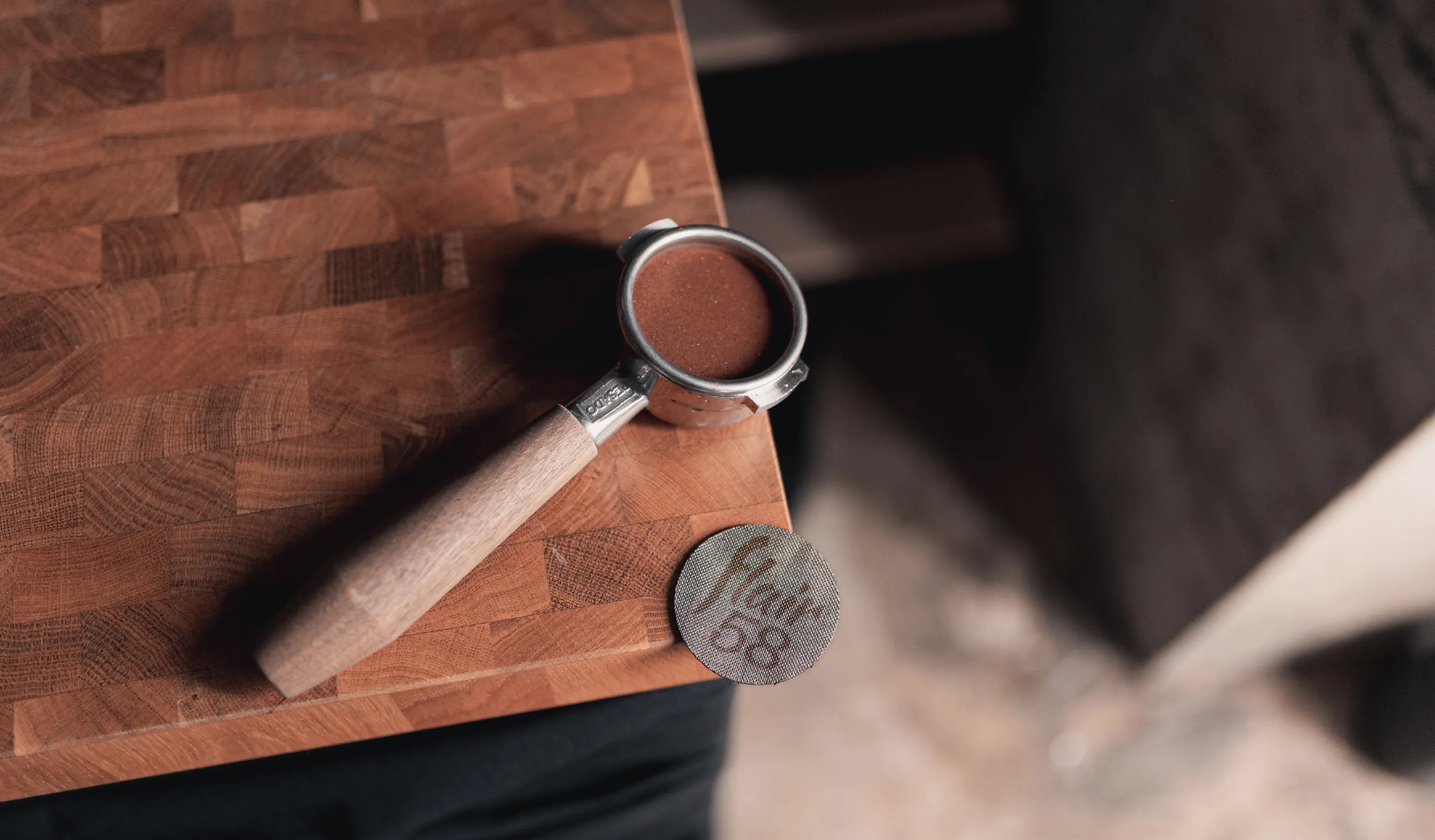
A low down on using puck screens for espresso machines


